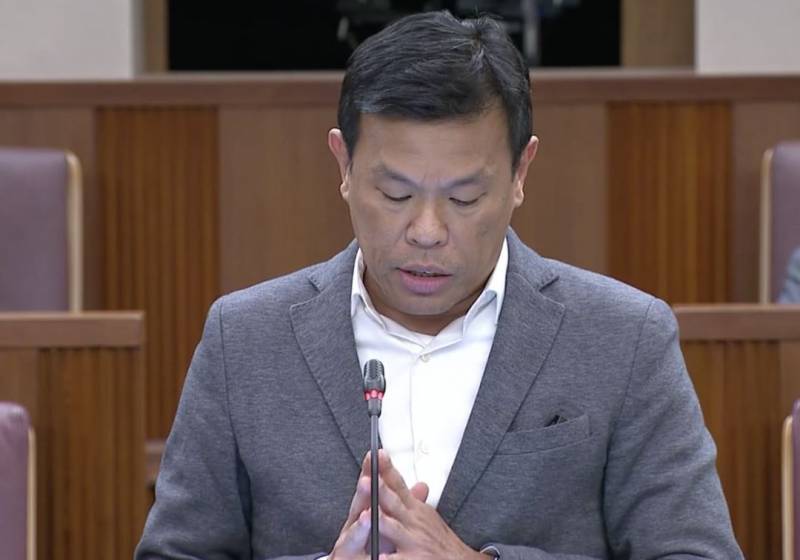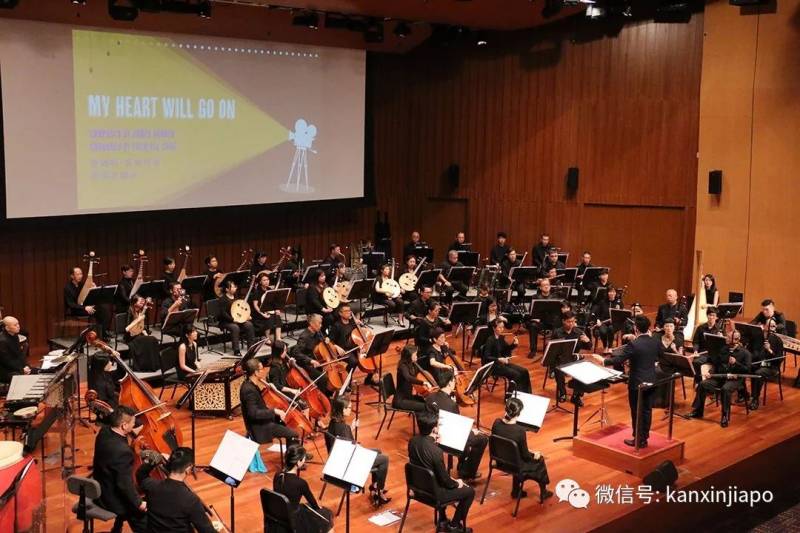近年來,新加坡政府對本地藝術越來越上心,南洋藝術學院和拉薩爾藝術學院等院校辦學紅火,華藝節、妝藝大遊行等融合了新加坡特色的藝術盛宴每年也在如火如荼地舉行。新加坡官委議員何偉山在國會進行演講時,談到過去的成果時,又進一步提出發展本地藝術的建議。

《藝通八達 藝心藝鄰》
議長先生, 自從國家藝術理事會推行了“新加坡藝術總藍圖”以後,我國的藝術工作者和藝術團體人數不斷壯大,藝術領域發展蓬勃,全民共享藝術。在此基礎上,我希望政府可以配合天時地利人和,更有效地整合資源 ,互利共享,進一步促進本地藝術團體生態的發展。爲此,我有三個建議: 1.藝術場所一站式服務、專業資源社會化共享 讓音樂室、舞蹈室和劇場工作室,聚集同一個屋檐下,觀衆到一地,即可觀賞到各類的藝術表演,不僅便于選擇,也利于互動和交流。以傳統藝術爲主題的史丹福藝術中心,吸引傳統藝術團體進駐,爲滑鐵盧街注入濃厚的文化藝術氣息。湘靈音樂社、鼎藝團、印度舞團和馬來現代舞團等入駐中心。
史丹福藝術中心 去年9月,高級政務次長馬炎慶宣布藝術資源中心網站,讓自由藝術工作者可用資源,也提供兩個共享合作空間。政府或可考慮,在音樂中心裏建設室內樂音樂廳、隔音設備的琴房。在舞蹈和戲劇中心裏,有自己的黑箱和舞蹈排練劇場,甚至設立共用舞美道具的儲藏間供循環用途即環保有不浪費資源,推行一個“共享貨艙”,收納劇場的道具和布景。除了空間將得到更有效和可持續的利用,還有利于環保避免資源浪費,一舉兩得。 2. 重新探討設立藝術電台和藝術頻道 主流媒體在推廣不同層次的文化藝術方面,也有其可扮演的角色。因此我提議,重新探討設立藝術電台和藝術電視頻道。在1997年,國家藝術理事會建立了Passion 99.5FM,希望能支持新加坡音樂。不幸的是,因爲經濟情況不好,贊助和收入減少,它在2003年關閉。

新加坡現有的電台 今時不同往日,文化、社區及青年部在2019年1月30日公布的《新加坡文化統計報告2018》總結了2017年本地文化活動的數據,藝術表演活動逐年增加,從2011年的約7700場,增加至2017年的超過9500場次。我認爲,既然藝術活動已經大大受到大衆的關注,因此有必要透過主流媒體傳播訊息和咨詢。除了傳統媒介,這些電視電台的制作人也可考慮配合社交媒體,雙管齊下,擴大交流和受衆群的訊息傳播。這對助推藝術事業的發展,提高民衆的藝術審美水平,至關重要。 3. 延續藝術發展的重地 – 民衆俱樂部與學校的合作夥伴關系 民衆俱樂部有很多不同年齡層、不同背景的居民加入,這裏具備很好的普及推廣藝術的條件,讓鄰裏藝術牽手校園藝術 ,包括校友會藝術團體的成立都可促進多方的共享共贏。譬如:交響樂團、華樂團、舞蹈團、戲劇團體等, 民衆俱樂部成爲校園文化建設的延展和補充,繼續爲居民和藝術搭建優質的平台。只有團體之間相互切磋、合作、學習,他們才能繼續擦出火花,讓整個藝術領域更具活力,蓬勃發展,百家爭鳴!
新加坡華樂團享譽世界 建設一個藝術生態,並非一朝一夕;我們不但要讓文化藝術接地氣,也要讓新加坡的藝術界栽培更多的優秀藝術專才,藝通八達、 藝心藝鄰!
以下是何偉山英文演講全文:
Speaker Sir, The arts strive to enrich the individual, encourage self-expression, while at the same time seeking to reach out, communicate and bring people together. The National Arts Council (NAC) Arts and Culture Nodes at various venues island-wide energise and excite Singaporeans. A wide array of quality arts programmes, for people of all ages and walks of life, are available. With the SG Arts Plan in place, the arts scene has been thriving, as artists chart professional careers and arts groups grow in strength. I have three recommendations, to build a Sustainable and Vibrant Community Arts Ecosystem: 1) To build under-one-roof performing arts housing for music, dance and theatre. Sharing resources; putting the same genre of performing arts under one roof. For example: different hubs that are specifically designed for the music, theatre or dance groups, will allow the groups to effectively share resources and rehearsal spaces. The Stamford Arts House is a multidisciplinary arts centre with a focus on Traditional Arts. Currently, the centre houses various professional arts companies of different arts form. The government can consider this: A shared acoustically treated recital hall for the orchestra/ensemble, a black box for theatre performances, dance theatre with treated flooring and height for dance companies. This re-energises the building, and audiences just need to visit one particular location to watch the performance of a particular art form. Earlier on in September 2019, SPS Baey Yam Keng announced that Arts freelancers will have an arts resource website, and will also have dedicated working spaces at Goodman Arts Centre and Stamford Arts Centre. In addition to this, perhaps we can also consider a central shared warehouse for the arts community, where props and sets can be stored, shared or reused. This is one of the ways we can do our part to save the Earth from climate change, reducing wastage and disposal issues. 2) To reconsider and revisit the plan to reinstall the arts radio and TV Channel. Traditional media such as the radio and television still play an important role in sharing content, and informing the public. We used to have an arts radio station – Passion 99.5 FM. Back then, the NAC launched this radiao station on 31 December 1997, to increase awareness of the arts and provide the arts community with a public voice. It featured magazine programmes on arts and culture. However, the station was shut down in December 2003 because its listenership was “too small to attract sustained sponsorship and advertising revenue to cover its operating cost”. However, today, with the increasing number in arts event and attendance, we ought to deepen and further the reach of our performances and productions through the mainstream media. There is now larger number of performing arts events offered over the years. According to data released by the MCCY on 22 January 2019, the numbers have increased from around 7,700 in 2011 to more than 9,500 in 2017, Also, more than 11 million attended non-ticketed arts and cultural events in 2017, a rise of nearly 20 per cent from the year before and the highest turnout in seven years. The content creators for mainstream radio stations and TV channel can even work hand in hand with the social media team for audience development purposed and wider audience reach. 3)To foster and further the establishment of community arts groups with school/institution alumni and students Partnership between schools/ institutions and community arts group establishes a vibrant and sustainable ecosystem. Community clubs can provide the space to support these alumni arts groups. With these arts groups housed in the CCs, they can regularly engage in activities and perform, contributing back to the larger community. The potential for working together between the arts groups is limitless. With more collaboration opportunities, this will encourage and inspire arts groups to reach the pinnacle of excellence. However, I understand that a few community clubs have closed down the arts groups housed in their venues. So where will all these groups go to?

